NASA's InSight lander continues to contribute valuable knowledge about Mars, even after its retirement.
Photos captured in late October by NASA's Mars Reconnaissance Orbiter (MRO) show InSight resting on the Martian surface. While no longer active, the rover is providing researchers new data on how dust accumulates and evolves over time in the region.
"Even though we're no longer hearing from InSight, it's still teaching us about Mars," science team member Ingrid Daubar of Brown University said in a Dec. 16 NASA statement. "By monitoring how much dust collects on the surface — and how much gets vacuumed away by wind and dust devils — we learn more about the wind, dust cycle and other processes that shape the planet."
InSight (short for Interior Exploration using Seismic Investigations, Geodesy and Heat Transport) landed on Mars in November 2018 in the western Elysium Planitia region, approximately 370 miles (600 kilometers) north of the Curiosity rover's location in Gale Crater. Its mission was to study Mars' interior structure and geological processes, as well as its thermal and chemical evolution, to gain a deeper understanding of how the Red Planet formed and developed over the past four billion years.
Related: InSight lander: Probing the Martian interior
During its four years of operational life, InSight used advanced instruments to study the Martian subsurface and uncover the processes that have shaped the terrestrial planets. It measured the planet's vital signs by analyzing its pulse through seismology, its temperature through heat flow and its reflexes through precision tracking.
InSight was the first mission to detect a "marsquake," recording a total of 1,319 temblors caused by both seismic activity and meteor impacts. "The seismic data alone from this Discovery Program mission offers tremendous insights not just into Mars but other rocky bodies, including Earth," Thomas Zurbuchen, then the associate administrator of NASA's Science Mission Directorate, said in a December 2022 statement.
Its seismometer was the last active science instrument before the rover was officially retired in December 2022. The mission ended after dust accumulation on its solar panels reduced its power supply, eventually cutting off communication with Earth. Despite this, engineers have continued listening for any radio signals from the lander, hoping that Martian winds might clear enough dust from the panels to allow it to resume operations.
The recent images taken by MRO show the solar panels have acquired the same reddish-brown hue as the rest of the planet. Scientists at NASA's Jet Propulsion Laboratory in Southern California used the photos to estimate the amount of dust that had accumulated, which will help prepare for future missions.
NASA reported that, after having detected no changes over the past two years, they will stop listening for InSight at the end of this year.
"It feels a little bittersweet to look at InSight now," Daubar said. "It was a successful mission that produced lots of great science. Of course, it would have been nice if it kept going forever, but we knew that wouldn't happen."
.png)
 3 weeks ago
9
3 weeks ago
9
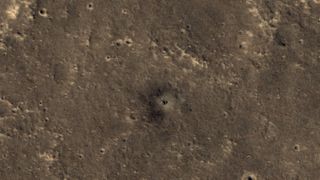
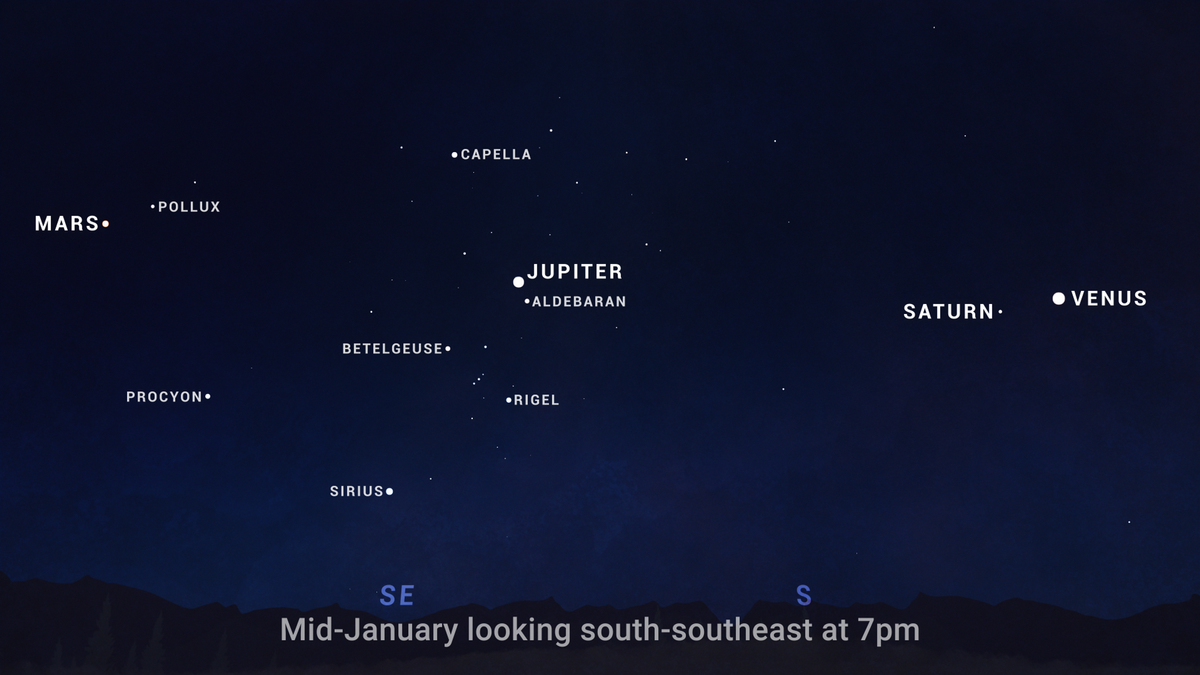
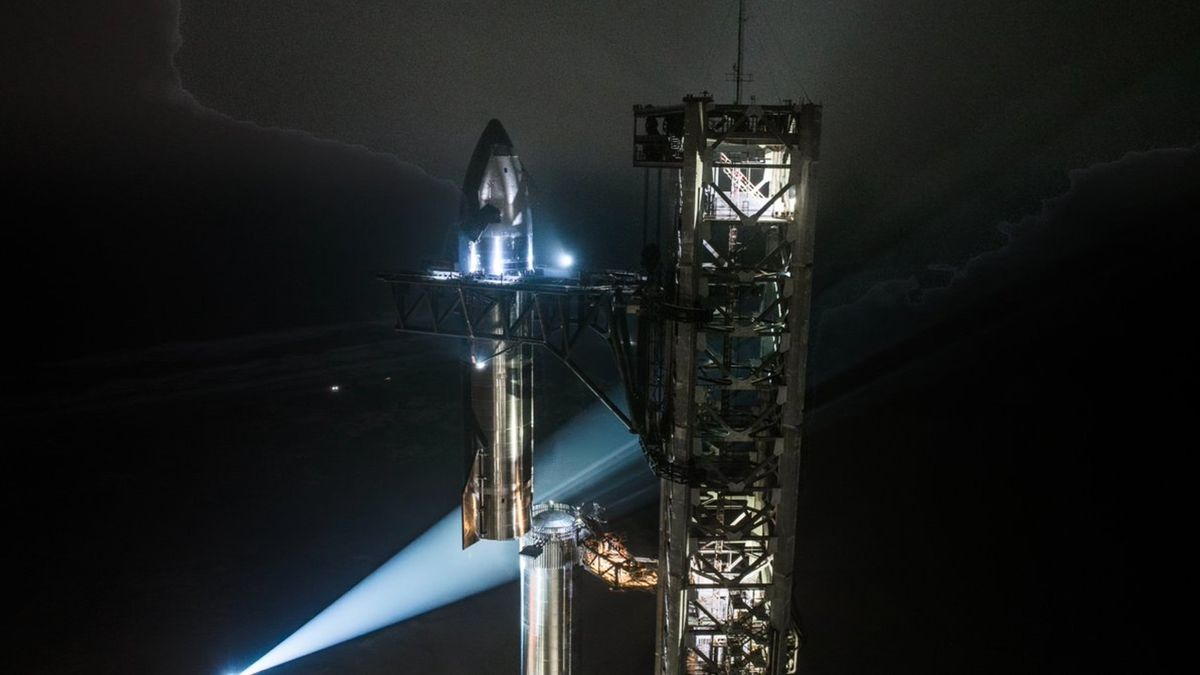
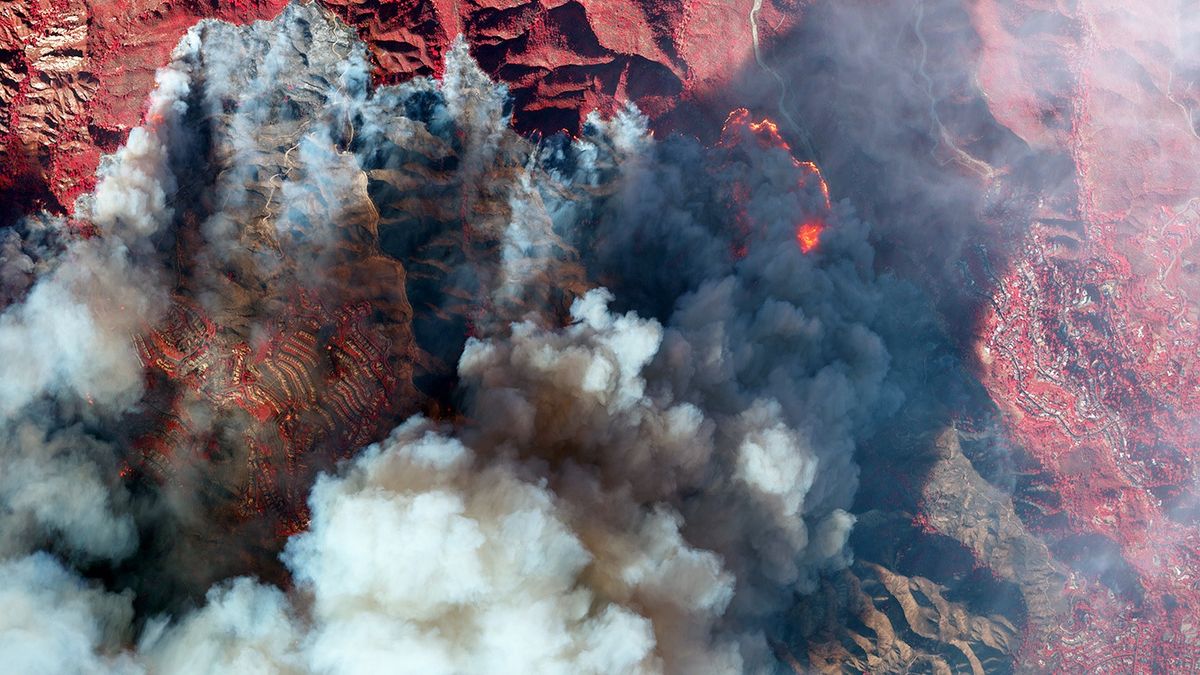
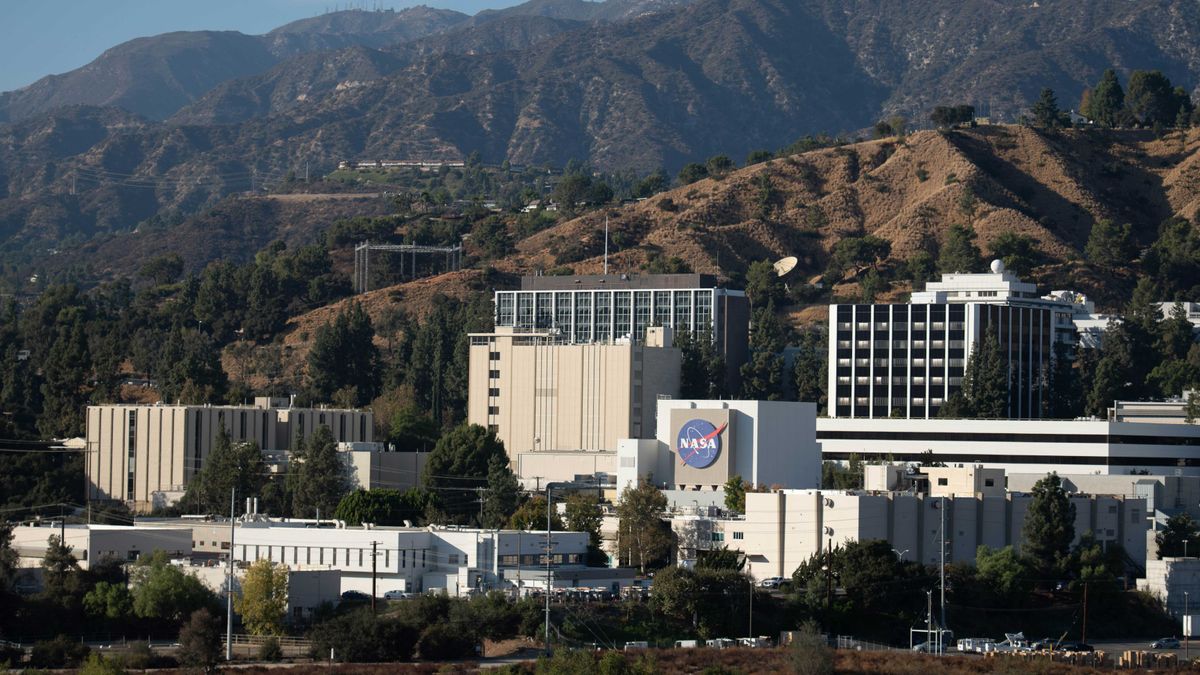




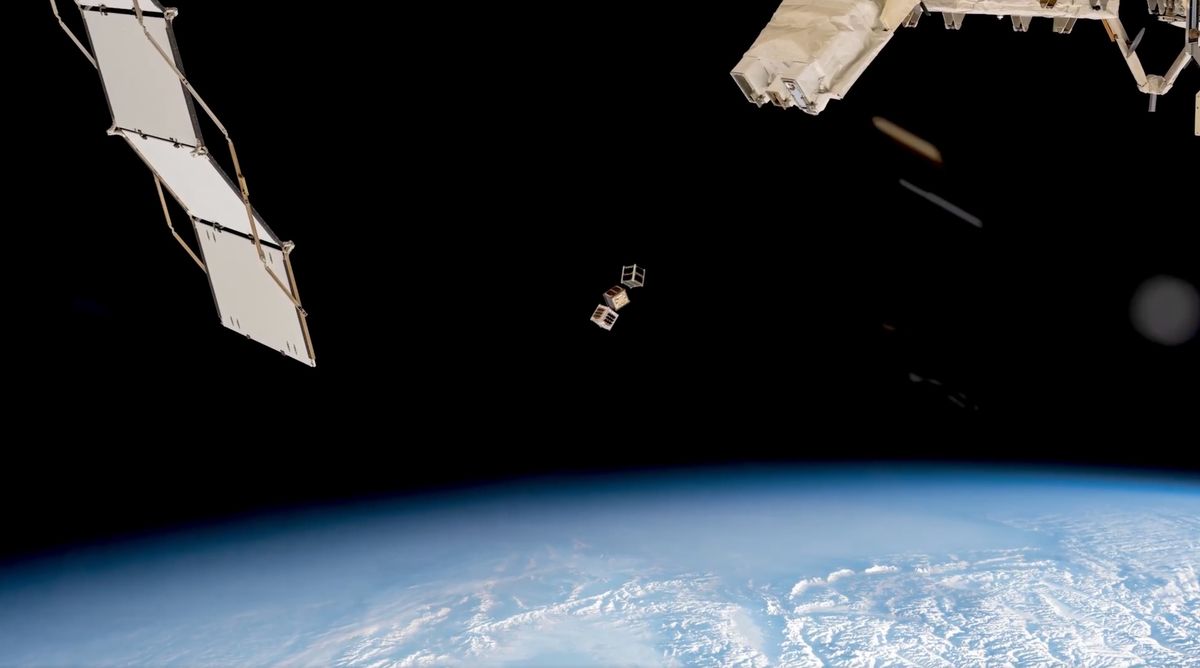


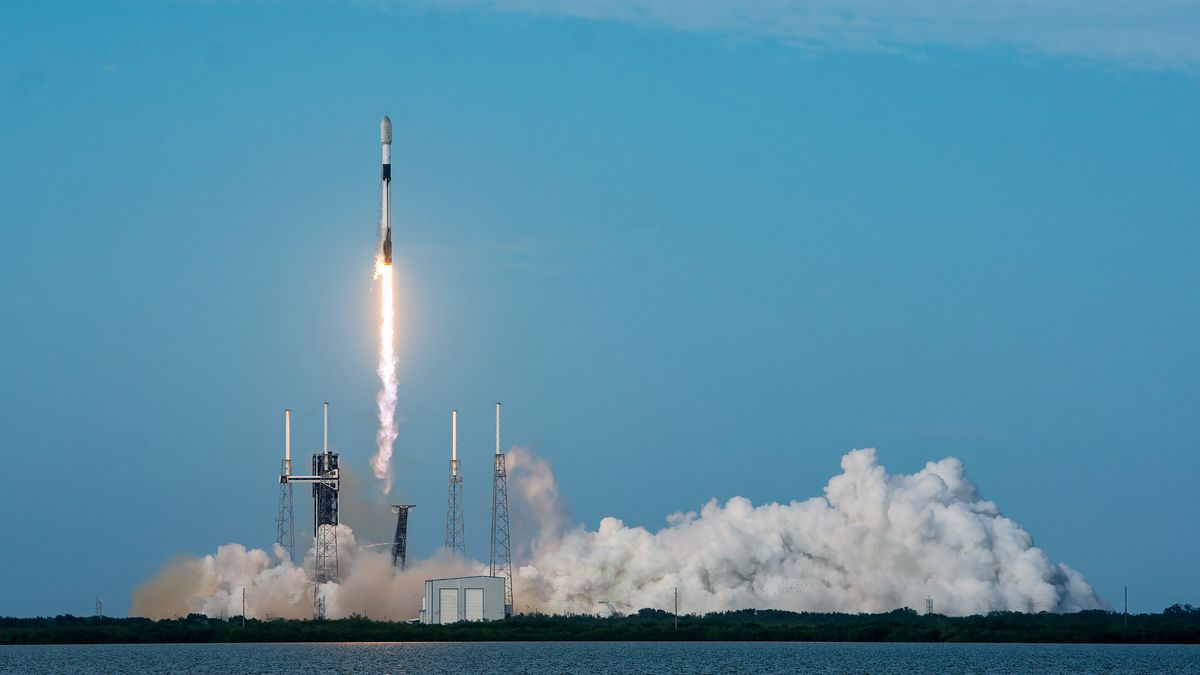






















 Bengali (BD) ·
Bengali (BD) ·  English (US) ·
English (US) ·